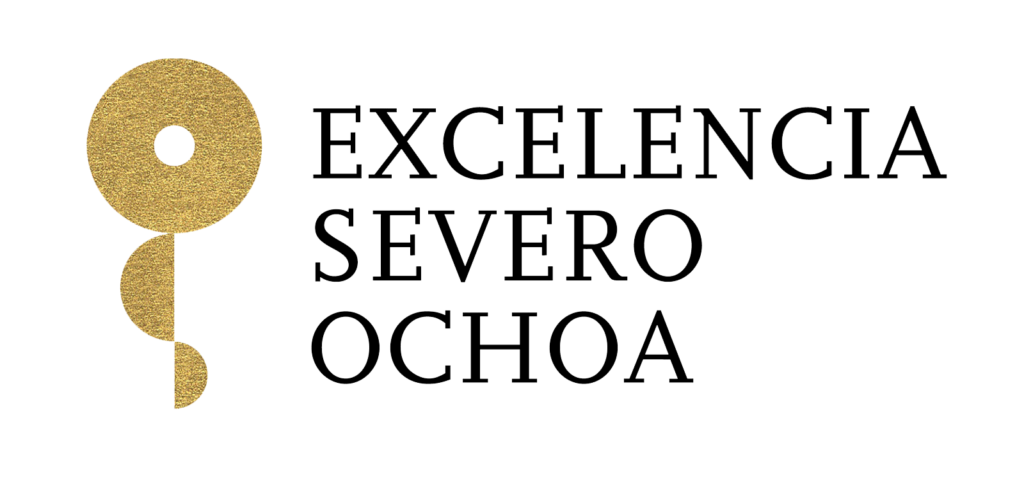Short Biography
NAZARIO MARTÍN is Full Professor at University Complutense of Madrid and vice-director of the IMDEA-Nanoscience Institute. He is Doctor h.c. by La Havana university (Cuba) and Castilla La Mancha University (Spain) and member of the Royal Academy of Sciences of Spain (RAC) and corresponding member of the Royal Academy of Doctors of Spain (RADE). His research interests are focused on molecular and supramolecular chemistry of carbon nanostructures in the context of chirality, electron transfer and biomedical and photovoltaic applications. He has published over 600 peer reviewed papers and supervised 50 theses. He has been co-editor of 7 scientific books and guest editor in 14 special issues of important scientific journals.
He has been the Editor-in-Chief of the Journal of Materials Chemistry (A, B and C. 2015-19) of the Royal Society of Chemistry (RSC). He held the Presidency of the Confederation of Scientific Societies of Spain (COSCE, 2015-19) and the Spanish Royal Society of Chemistry (RSEQ)(2006-2012). He held the ERC Advanced Grant “Chirallcarbon” (2013-2019).
Prof. Martín has been distinguished with several awards. Among them, the Gold Medal and Research Award of the RSEQ, 2012; King Jaime I Award in basic research, 2012; the Miguel Catalán Award of the regional govern of the Madrid Community, 2015; the Alexander von Humboldt Award (AvH Foundation) in 2013; the Richard E. Smalley Award (ElectroChemical Society, ECS) in 2013; and the EuChems lecture in 2012. More recently, he has been granted with the Synergy-ERC Grant with the project “TomATTO” as well as the most prestigious Spanish National Award in Chemistry “Enrique Moles” given by the Spanish Ministry for Science and Innovation (MICINN) of Spain, both in 2020.
He is a member of several international and national committees, including international awards. He is a member of the Scientific-Technical Committee of the Statal Research Agency of Spain. He is a fellow of the RSC, fellow of the Academia Europaea and a fellow of Chemistry Europe.
For more information: http://www.nazariomartingroup.com/
Abstract
Towards the Stereoselective Synthesis of Molecular Nanographenes
The precise control of stereogenic elements in chemical structures has always been a highly demanding synthetic task.1 In this regard, most of the currently available asymmetric methods require the presence of a heteroatom in the starting substrates that serves as an anchoring point for the successful transfer of chiral information. This eventually emerges, typically, in the form of a new stereogenic centre while the heteroatom remains in the product. This general procedure could account for the lack of stereoselective protocols in all-carbon atom compounds.2,3 Actually, optically active nanographenes have so far been obtained only by either top-down or bottom-up racemic syntheses, followed by time consuming chiral chromatographic separations.4-6 Remarkably, unexpected properties have been found in some of these carbon nanostructures.7,8
In this presentation, we will introduce a general overview on the synthesis of some singular racemic nanograhenes as well as the efforts carried out in our group in the search for stereoselectivity to introduce and extend stereogenic elements into polyaromatic sp2 carbon-based molecular nanographenes.9
References
1. H. Kuang, C. Xu, Z. Tang, “Emerging Chiral Materials”, Adv. Mater. 2020, 32, e2005110.
2. M. Rickhaus, M. Mayor, M. Juricek, “Strain-induced helical chirality in polyaromatic systems”, Chem. Soc. Rev. 2016, 45, 1542-1556.
3. J. M. Fernández-García, P. Izquierdo-Garcia, M. Buendia, S. Filippone, N. Martín, “Synthetic chiral molecular nanographenes: the key figure of the racemization barrier”, Chem. Commun. 2022, 58, 2634-2645.
4. P. J. Evans, J. Ouyang, L. Favereau, J. Crassous, I. Fernández, J. Perles-Hernáez, N. Martín «Synthesis of a Helical Bilayer Nanographene» Angew. Chem. Int. Ed. 2018, 57, 6774 –6779.
5. P. Izquierdo-García, J. M. Fernández-García, I. Fernández, J. Perles, N. Martín, “Helically Arranged Chiral Molecular Nanographenes», J. Am. Chem. Soc., 2021, 143, 11864−11870.
6. M. Vázquez-Nakagawa, L. Rodríguez-Pérez, N. Martín, M. A. Herránz, “Supramolecular Assembly of Edge Functionalized Top-Down Chiral Graphene Quantum Dots”, Angew. Chem. Int. Ed. 2022, 61, e202211365.
7. P. Izquierdo-García, et al.,” Helical Bilayer Nanographenes: Impact of the Helicene Length on the Structural, Electrochemical, Photophysical, and Chiroptical Properties J. Am. Chem. Soc. 2023, 145, 11599-11610.
8. S. Ramirez-Barroso, et al., “Curved Nanographenes: Multiple Emission, Thermally Activated Delayed Fluorescence, and Non-Radiative Decay” Adv. Mater. 2023, 2212064.
9. M. Buendía-Mateos, et al. “Enantioselective Synthesis of Inherently Chiral Molecular Nanographenes”, Manuscript submitted, 2023.








